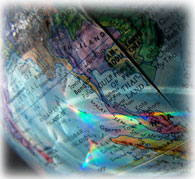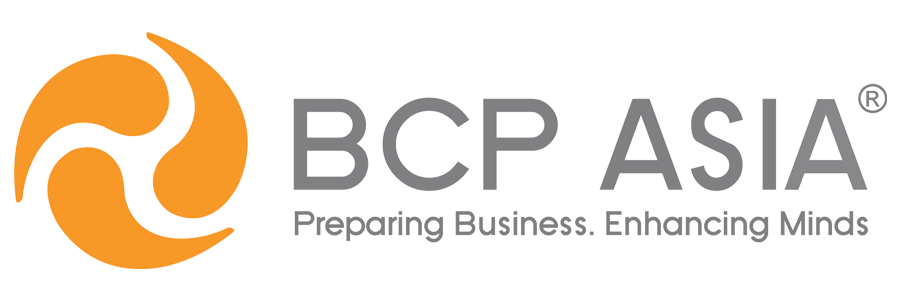Environmental Changes: Addressing Supply Chain Disruption
Published on 12 October 2012

Due to drastic changes in our natural environment, environmental disasters have not only become more frequent, but their impacts have also become more severe. And we can confirm this by looking back at news clippings of last year’s earthquakes in New Zealand and Japan, as well as the massive flooding in Thailand.
After these events, it was almost immediate that many organizations had to sit down in meeting rooms to review and revamp their supply chain strategies. And during the process, it was realized that BCM indeed plays an essential role in addressing such issues.
Up to that time, however, addressing environmental related-disasters through BCM was at a minimum. To most organizations, BCM is something that is mainly for Information Technology failures or perhaps denial of access to a building.
Businesses quickly realized last year, however, that some “new” threats were indeed overlooked – and that not leveraging on BCM to better understand their vulnerabilities and implement relevant strategies is a costly mistake indeed.
In a report by the Business Continuity Institute – titled “Global supply chain resilience: Lessons Learned from the 2011 earthquakes” – it was found out that 82% of 17 organizations affected by last year’s Great East Japan Earthquake and the earthquake in Christchurch confirmed that there will be changes in their supply chain strategies.
It was also found out that the business continuity approaches of these organizations have likewise been revised. The changes are as follows:
- Suppliers need to have tested continuity plans
- Analysis extended to 2nd and 3rd tier suppliers
- Recognition that a human behavior-based business continuity approach is essential for resilience, not just a technical one

